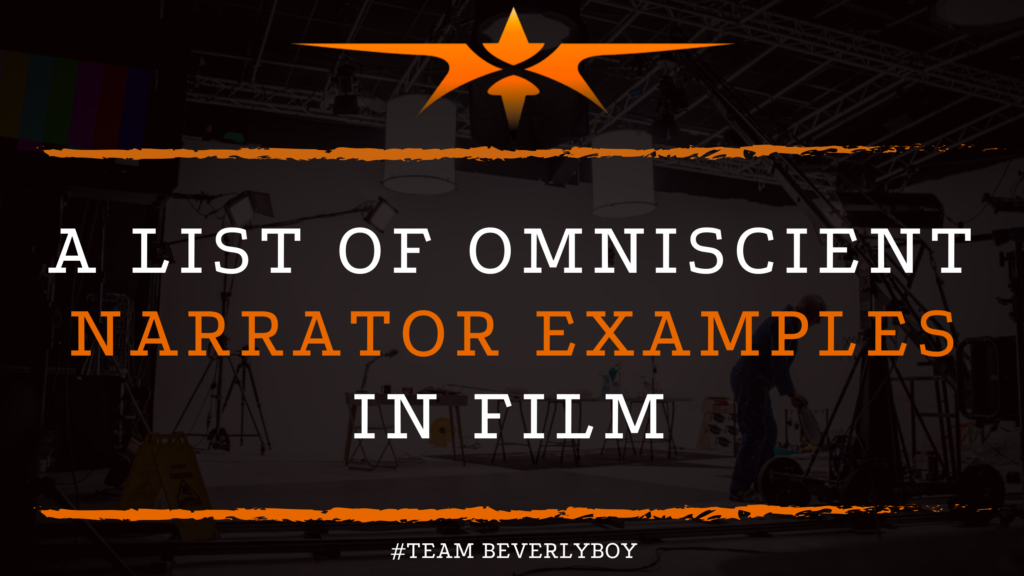Understanding Films with Ideological Messages and What they Mean
Understanding Films with Ideological Messages and What They Mean The term ideological refers to a set of beliefs or opinions that are representative of a group or a particular individual. Thus when a film refers to a specific set of beliefs such as political beliefs or potentially to religious beliefs it might be said to […]
A List of Omniscient Narrator Examples in Film

The omniscient narrator, or all-knowing narrator, has been in use for a variety of films and televisions shows over the years. To create depth and deep understanding of characters among the audience. Frequently referred to as the omniscient point of view. The omniscient narrative delivers the point of view of the narrator. Outside of and […]
A Powerful Example of Alliteration in Film
A Powerful Example of Alliteration in Film A popular literary device that you frequently see in storytelling and literature for young children in particular. Alliteration represents the linking of two or more words that share the same beginning consonant sounds. You might recall some examples of alliteration in film, like when the film V for […]
The Difference Between Restricted and Unrestricted Narration in Film
The Difference Between Restricted and Unrestricted Narration in Film The use of various forms of narration are used in filmmaking to build character. To create suspense among the audience. Or to generate a general sense of curiosity among viewers. In short, narration represents the moment-to-moment flow of information. Which guides the story forward and helps […]
What is the Eyeline Match in Film & How is it Achieved?
What is the Eyeline Match in Film & How is it Achieved? Throughout filmmaking and particularly in film editing there are a variety of steps taken. To ensure continuity and to help draw the audience into the story. Connecting them with the thoughts, characters, and underlying emotions of the character. An eyeline match in film […]
What is Analytical Editing in Film?
What is Analytical Editing in Film? One of the most common types of editing used in filmmaking today is analytical editing. Sometimes called analytical cutting. Analytical editing in film can be used to situate the viewer among a scene in the story. And then, through editing, break continuity of time and space to create an […]
Understanding the Social Ideological Value of Film
Understanding the Social Ideological Value of Film In filmmaking, there is frequent incorporation of ideological messages. Which touch on the underlying societal views of major groups or subgroups of people within culture. And these views often form the foundation for a story or an underlying message within a film’s context. When we look at the […]
What is Internal Diegetic Sound in Film?
What is Internal Diegetic Sound in Film? Sounds are one of the many elements of a film that can add life to the story and draw the audience in creating a unique connection to the characters, environment, and overall theme of the film’s story. You can generally divide a film’s sound into the following categories: […]
What’s the Difference Between Hard Light vs Soft Light in Film?
What’s the Difference Between Hard Light vs Soft Light in Film? In filmmaking, the lighting that is used to create the scene plays a key role in the mood, emotions, and visual connections between subjects on the set. Soft light can produce smooth shadows that minimize dimension and depth whereas a hard light may create […]
What is Persistence of Vision in Film?
What is Persistence of Vision in Film? During the production of animated films, the illusion of movement is frequently referred to as the persistence of vision. This phenomenon is said to result from the residual image. Which is ingrained within the retina of the eye as the next image is shown creating an optical illusion. […]
